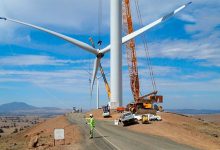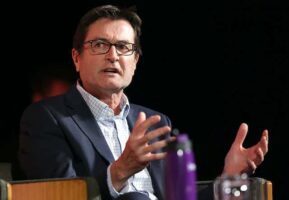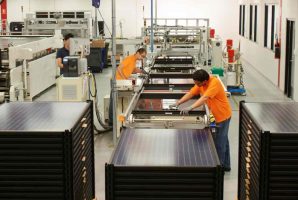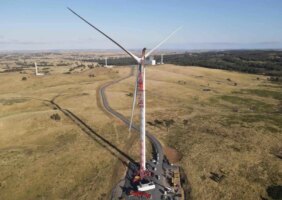Australia’s Clean Energy Council has warned that the country runs the risk of throttling the success of its clean energy transition unless the current and growing labour shortages and skills gaps across the clean energy industry are filled.
A report published ahead of the Albanese government’s National Jobs and Skills Summit – Skilling the Energy Transition – makes six recommendations designed to fix the skills and labour challenges that the CEC warns could impact the switch from coal to renewables and storage.
“This is the key decade, not only for Australia’s emissions reduction efforts but also in developing the workforce to drive this economy-wide change,” said CEO chief executive Kane Thornton.
“Now is the time to take stock and put in place measures to ensure that people and jobs are a focus of Australia’s clean energy transition.”
Numerous companies and contracting firms have pointed to the lack of qualified staff to work on projects. It has been blamed for the expected big delays in the country’s biggest renewable project, the Snowy 2.0 pumped hydro scheme.
Thornton’s comments were echoed by Engineers Australia boss Romilly Madew.
““The enormity of the task of transitioning to a clean energy economy and society is beyond the capacity of Australia’s current workforce,” she said.
“As part of this skills shortage, the nation urgently needs more engineers working across the whole economy to support the significant challenges and opportunities associated with reaching net-zero emissions and moving towards a clean energy power system.”
The six recommendations made by the CEC fall under the CAREER banner:
- Calibrate higher education to meet clean energy industries’ interests.
- Anticipate clean energy workforce needs.
- Raise the profile of working in clean energy as an opportunity for all Australians.
- Establish a Transition Authority.
- Enhance the Vocational Education and Training Sector’s capacity to understand and meet the demands of industry.
- Raise the international profile of Australia and support increased transfer of international skills and capacity, so Australia becomes a global centre of clean energy expertise.
The report says Australia’s energy transition is critically understaffed, just as the Australian Energy Market Operator’s Integrated System Plan calls for the development of 141GW worth of large-scale wind and solar capacity, 63GW of storage and hydro capacity, and 69GW of small-scale solar and household batteries.
This represents a ninefold increase in large-scale renewable generation installed in the National Electricity Market and a fivefold increase in small-scale generation, and unsurprising, this will only happen with a skilled workforce.
“Delivering this transformation will require an enormous number of workers – according to Reputex’s modelling of the ALP’s Powering Australia policy platform, there could be 604,000 additional direct and indirect jobs created by 2030,” said Thornton.
“This presents an enormous opportunity but comes at a time where the existing modest workforce of 30,000 is riddled with challenges, gaps, and unmet demand from industry.”
Michael Wright, the acting head of the Electrical Trades Union, said: “From the pylon to the power point, the turbine to the cook top: Australia’s energy future creates an unprecedented demand for a high-skilled workforce.”
The CEC also highlighted that, given the right policy settings, by 2035, 75% of clean energy jobs could be located in regional Australia, providing vital employment and skilled workers in potentially transformed regional communities.
“We don’t have time to waste. Opportunity comes knocking once in a generation. This is our generation’s opportunity to deliver a clean energy future for Australia, set us up to become a global clean energy superpower, creating an extraordinary legacy for Australian workers.”










